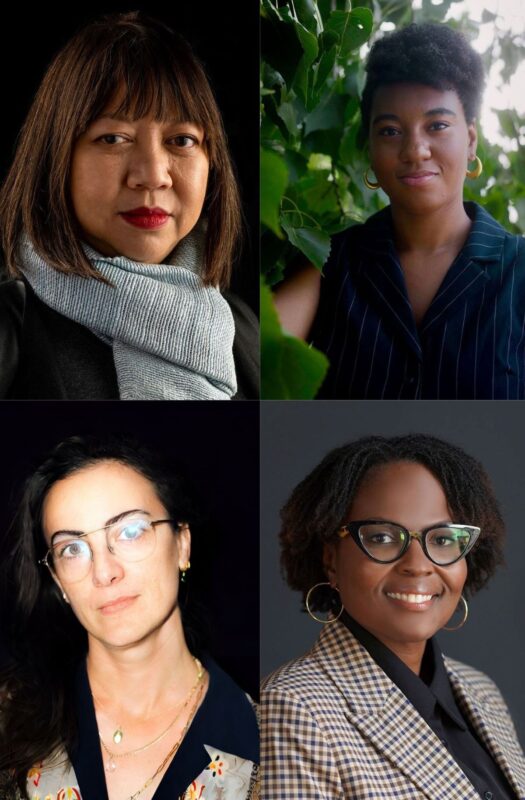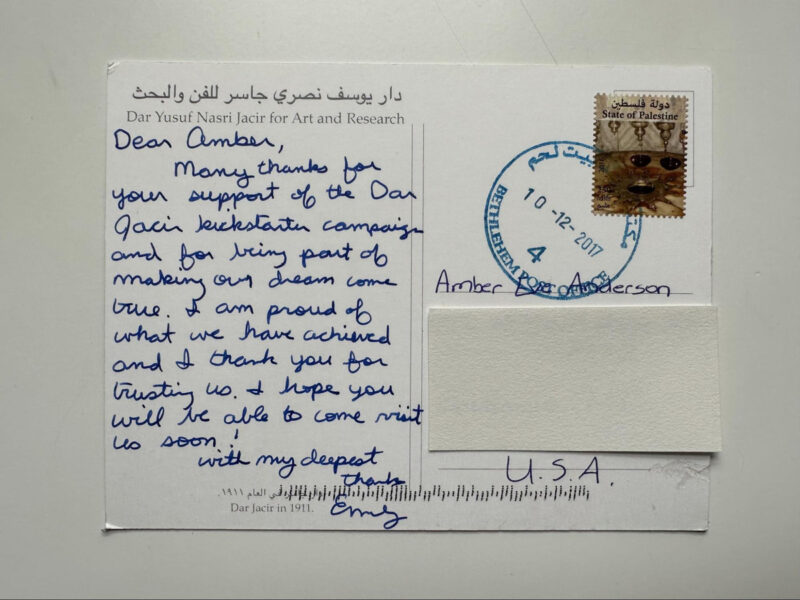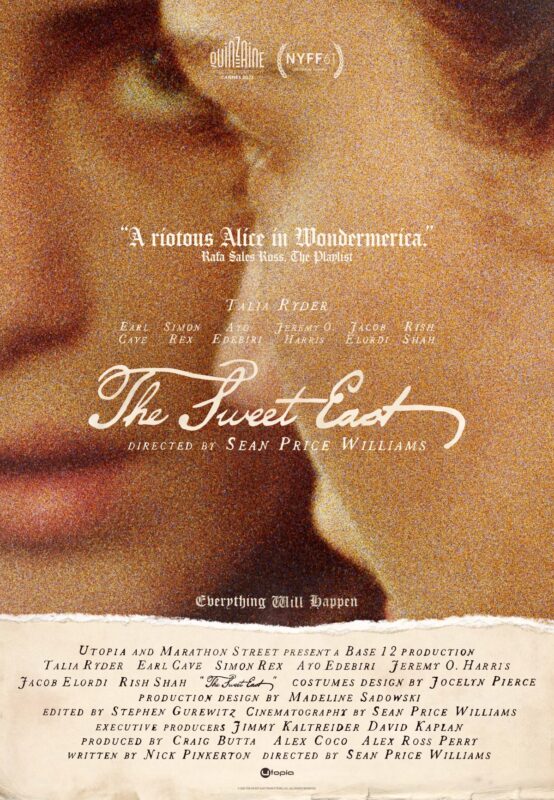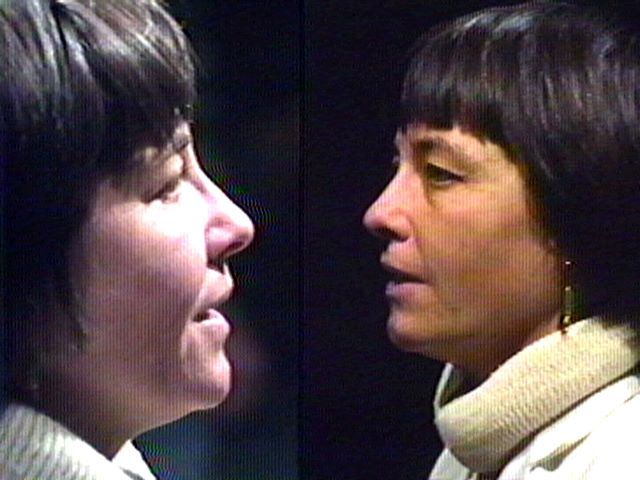Director Louie Schwartzberg, who has made a name for himself over the past few decades because of his ravishing time-lapse photography, has likely found the ideal subject to suit his schtick in Fantastic Fungi, an elliptical IMAX sort of movie about the pretty much inarguable special-ness of mushrooms, of both the psychedelic and less-trippy variety: Extraordinary images of a fruit or plants cloaked in fungi depicting decay in fast-motion (or in a dose of cinematic optimism fitting for this documentary, shown backward, beginning decayed and ending up full of life) or a mushroom rising from the ground, stretching out, vibrating.
The magical (and scientific) thinking behind mushrooms lends itself to the movies. Often, mycologist Paul Stamets is talking at the camera in the woods, tying things together, making connections, while simple, thoughtful cutting does the associative heavy lifting for him. That mycelium (fungi’s ornate micro branches of filaments connecting plants to each other, feeding them all) wiggle through the ground into an almost incomprehensible, subterranean network that operates a lot like the vast interconnectedness of the internet sounds good coming from the effusive and self-effacing Stamets. But brash, computer imagery-assisted sequences, showing mycelium wiggling around underground followed by a cut to a glowing representation of the world wide web in all its confusing glory makes Stamets’ statement, well, make sense.
In another more whimsical—perhaps too whimsical—flourish, actor Brie Larson provides a narration throughout that often speaks as a mushroom (“We can heal the planet,” Larson-as-shroom declares) or delivers a mushroom manifesto. “There is a world under the earth full of magic and mystery. It holds the consciousness of nature’s connection to all living things,” Larson says, like the hippy-dippy art teacher in Billy Madison.








